In pictures: Firms vie for engineering prize
- Published
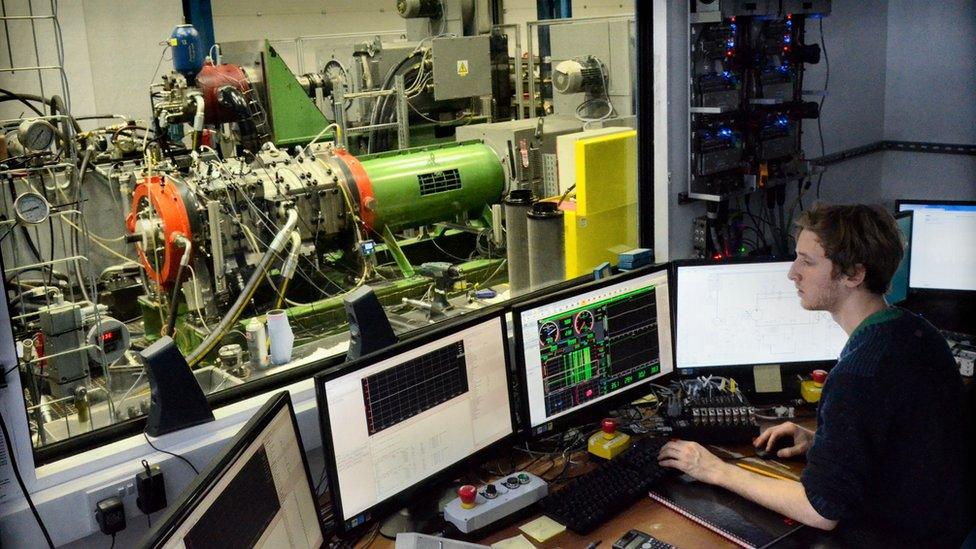
Artemis is an Edinburgh-based company whose systems will help make new wind turbines much more efficient
Three firms have made the 2015 shortlist for the MacRobert Award, the UK's longest-running engineering prize.
Artemis, Endomag and Victrex have carved out strong reputations in very different types of technology: wind turbines, cancer diagnostics, and ultra-thin plastics, respectively.
Chair of the judging panel Dame Sue Ion said the variety and quality of the list was testament to the strength of engineering in the UK.
A winner will be announced on 16 July.
"Each of this year's finalists has demonstrated remarkable drive and determination, to achieve technical advances that can make a considerable difference to many aspects of our lives," said Dame Sue.
"Innovative engineering is the key to our future growth in the UK and we will have to make increasing use of our knowledge and creative talent if we are to take advantage of this opportunity. These three companies are great examples of engineering for growth in action."
The three firms are competing for a gold medal and a £50,000 prize. The MacRobert Award has been presented by the Royal Academy of Engineering annually since 1969 and has recognised many technologies that are now widespread - such as the first CT scanner in 1972.
Intelligent turbines
Based in Edinburgh, Artemis Intelligent Power has developed a digital hydraulic power system that can replace the mechanical gearbox in conventional wind turbines.
The "Digital Displacement" system is set to power the next generation of offshore turbines, making them more efficient and reliable. One system has already been installed in a 7MW turbine - double the current average turbine power of 3.5MW - off the Scottish coast.
The same technology is used in motor vehicles and industrial applications such as injection moulding.
Originally a spin-out from the University of Edinburgh, Artemis was acquired by Mitsubishi Heavy Industries in 2010.
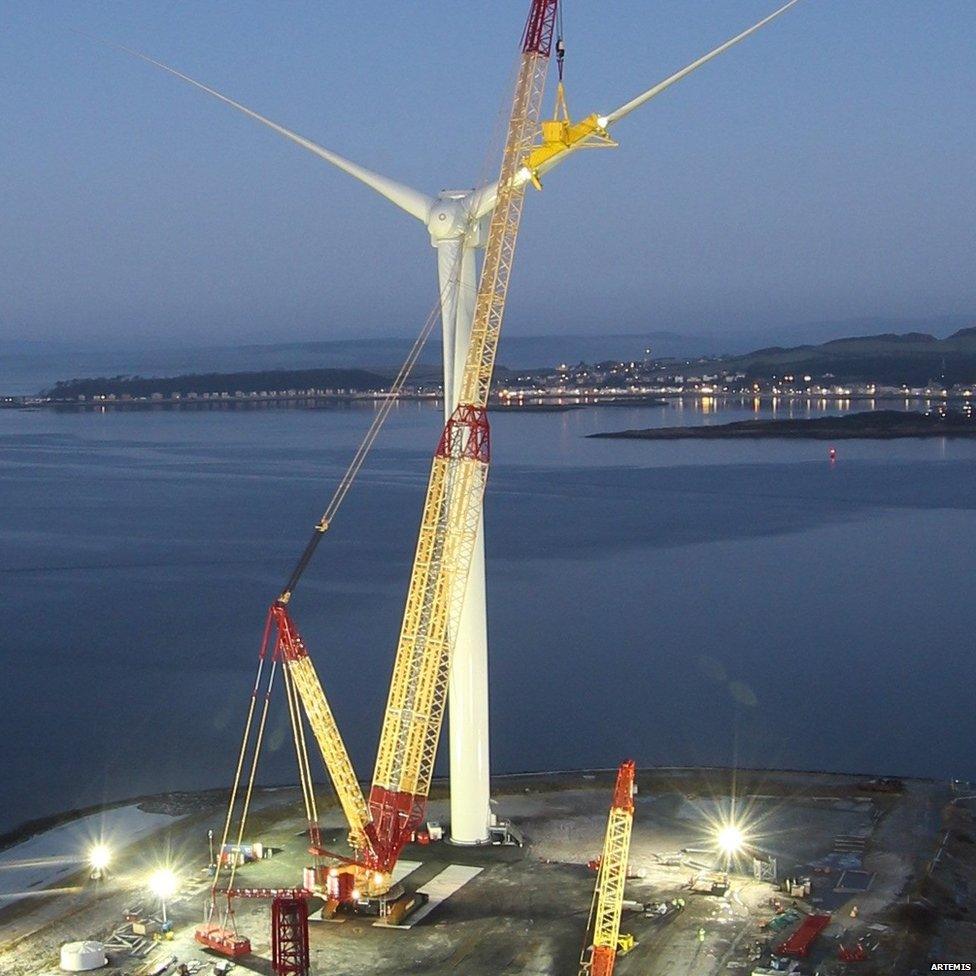
Artemis's digital hydraulic system has been fitted in a turbine at a test site in Hunterston, Scotland, which is already feeding power to the grid
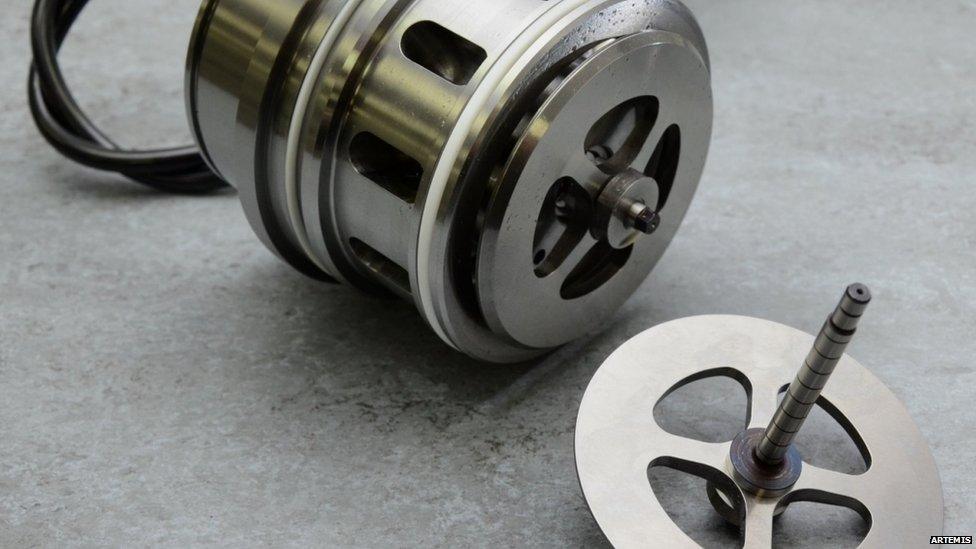
The system works by digitally controlling the opening and closing of individual high-speed valves
Magnetic diagnosis
Cambridge company Endomag specialises in tools for diagnosing and treating cancer. It has recognised for its system that replaces the radioactive tracers used in lymph node biopsies with magnetic nanoparticles.
To establish whether a breast cancer has spread, the best method is to examine "sentinel" lymph nodes - but identifying these nodes previously relied on injecting radioisotopes, which then collect in the sentinel nodes. That makes these biopsies complex, expensive procedures and many patients instead have up to 30 lymph nodes removed, which brings other health risks.
Beginning as a spin-out from University College London, Endomag developed a procedure that uses magnetic nanoparticles instead of a radioactive tracer - plus a special probe to detect them.
It has already been used to treat more than 6,000 breast cancer patients in Europe and is now being trialled for approval in the US.
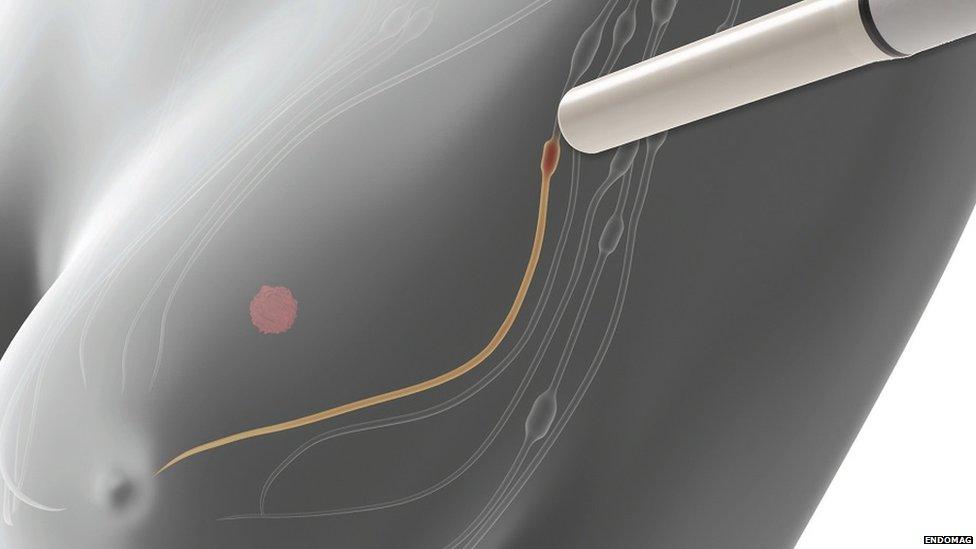
The nodes of the lymph system, beginning with "sentinel" nodes, are the first place a spreading tumour can be detected
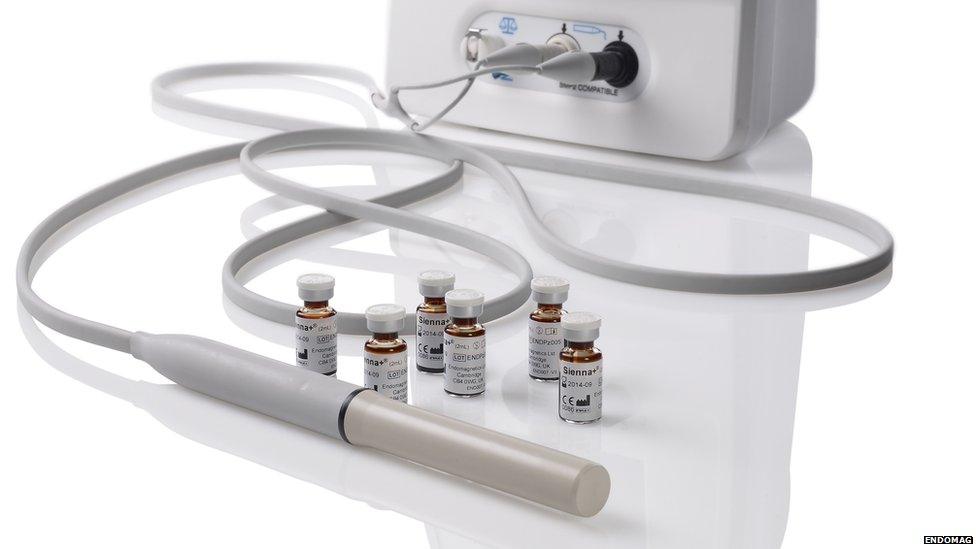
The Sentimag probe and the nanoparticle tracer Sienna+ are already on sale in Europe
Winningly thin
Victrex is a polymer technology company headquartered near Blackpool, which produces the world's top performing ultra-thin plastics - up to 20 times thinner than a human hair.
One of its products, a film called APTIV, is found in more than one billion electronic devices. It is strong and durable, tolerates high temperatures and has tunable electrical properties which make it very valuable in tough, small-scale applications like earphones, or the speakers and microphones of smartphones.
The polymer responsible is polyetheretherketone or PEEK, originally invented by chemicals giant ICI, from which Victrex split in 1993. It is much lighter than metal, which also makes it an attractive option for aircraft components.
Victrex is now worth around £2bn and is investigating other uses for PEEK, including as a high-grade 3D printing material.
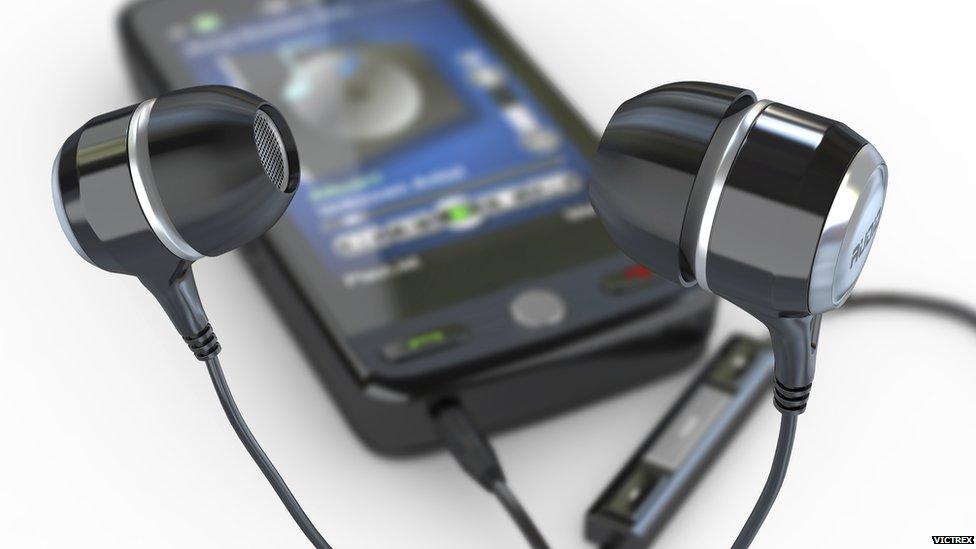
As mobile technology continues to improve, it demands increasingly tough and versatile materials
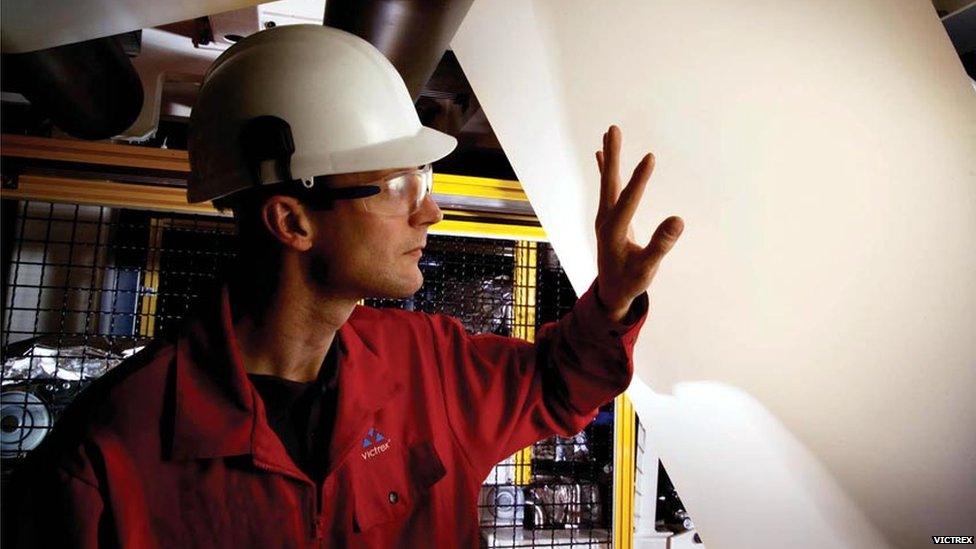
Plastics made by Victrex are also found inside anti-lock braking systems and even spinal disc implants
- Published18 July 2013
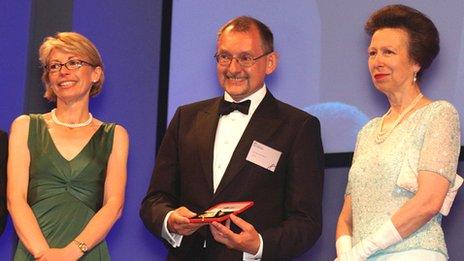
- Published8 June 2010